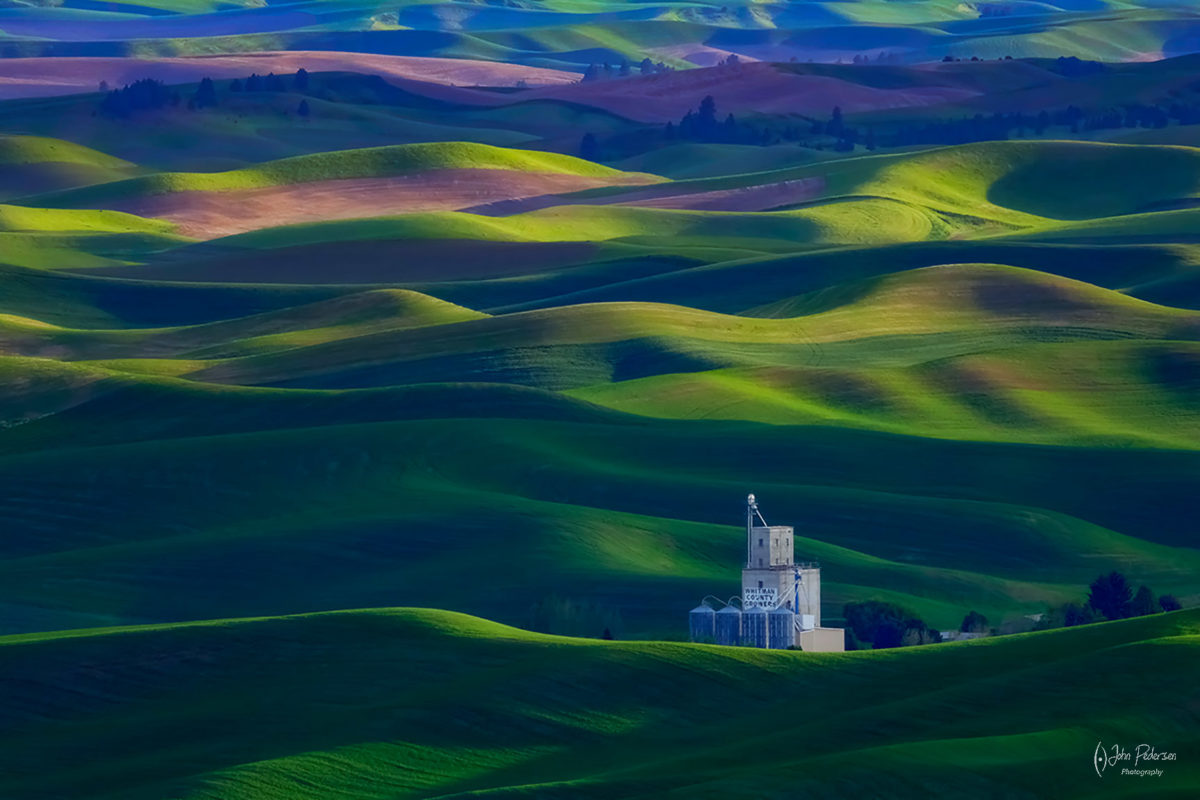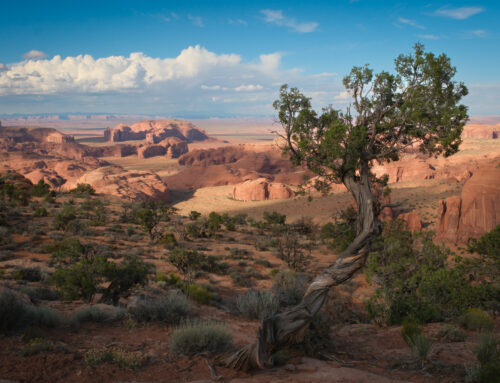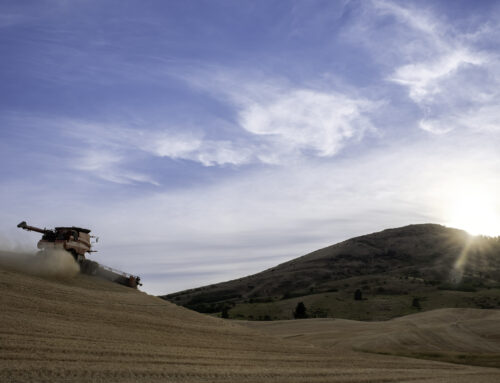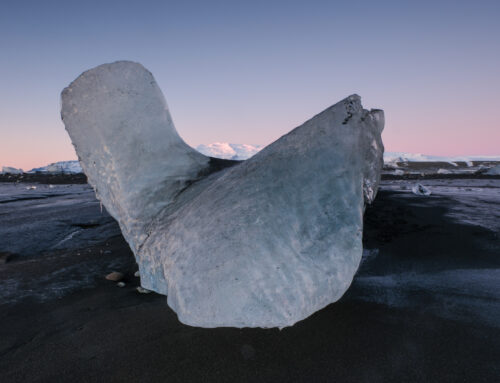Wide open vistas, historical sights, interesting bits of Americana, down to earth people….what more could you want in a photographic experience? The Palouse area of Eastern Washington provides all of that and more and it is a Mecca for photographers wanting to capture a slice of this amazing landscape. This area is the largest wheat producer in the US and is the second largest in the world, acres and acres of wide open wheat fields, dotted with tiny farming communities, grain silos and farm homesteads.
Visiting this area, there are only a couple of towns to stay in and lodging can be limited depending on the time of year. I always stay in the town of Colfax, which is a small farming town right in the heart of the wheat fields. Lodging and dining are limited, but location is prime. Pullman is the next closest city and offers more options to stay and eat, but will require a little bit of travel to get to Colfax and the surrounding locations such as Steptoe Butte.
As for iconic shots….well, this area isn’t known for them. Instead, each artist is empowered to create their own masterpieces. Sure there are a couple more famous locations such as Steptoe Butte or Palouse Falls, but other than that, it’s up to you to find and create images that move and inspire you.
Spring is the best time of year to visit in my opinion. The wheat is growing and depending on its age, is one of a multitude of shades of green. Typically June is the best time to visit, though depending on the previous winter, the maturity of the wheat may vary. This year, 2019, the wheat was planted late so some fields were still brown, while others had just small growth. Some years every field is a lush green about knee height in June. And, if you’re lucky enough, you may find fields of yellow canola flowers blooming. Canola is another cash crop and the vibrant flowers of this plant can be an amazing contrast to dilapidated buildings or alongside green wheat fields. This year we were about 1 months too early for the canola (darn!). Late summer is also a great time to visit and capture the harvest. The wheat is golden color and the tractors and combines are working the fields with great plumes of dust coming off of them.
On the surface it seems like an easy place to photograph, however, looks can be deceiving. Sure there are many identifiable subjects to photograph like old barns, houses, grain silos and the such, but there are also an amazing array of photographic possibilities if you look past the obvious. Intriguing light, patterns of the fields, shapes, lines, textures, etc……it’s a vast green palette to choose from if your vision is tuned to see beyond the easy subjects. Talking with my friend Jack Graham, he once said that this is a lot like photographing Death Valley……the rolling wheat fields are like the rolling sand dunes…pretty to look at, but can be challenging to easily extract a meaningful photograph. Shooting abstracts and different compositions in the wheat fields is perhaps my favorite thing to do in this area and one that I find most challenging as an artist!
Before sunset, as the sun gets low, the shadows on the hills come out to play. This is a view from Steptoe Butte looking down on the fields.
Above is a 30 second exposure with the Fujifilm GFX50s. We were so fortunate to have some clouds in the sky during our time in the Palouse. Often the skies are devoid of clouds and the temps are high. On this trip we enjoyed clouds, storms and even some brief rain showers.
Even though you are surrounded by a lot of color, think about monochrome images. Much of this area can be shot in monochrome with some amazing results.
Rusty things are plentiful in the area too if that’s your gig. I personally love rust and decaying metal and this old truck had a fantastic patina on it.
Can you guess what this is? Its the side of a different truck that had been left out in the elements for many years.
The town of Palouse is a quaint and picturesque place to visit. Much of the old architecture has been preserved and there are great details all around town to photograph.
Crop-dusters are always hard at work and you may be able to catch a few images of them as they fly low over the fields.
Barns come in all shapes and sizes in the area. There are a couple of round barns in the area and they are always fun to shoot.
The days can be long in this area. Sunrise happens just before 5am which means you need to be on location before then, plus travel time, plus waking up and getting going. On most days my alarm was set for 2:50am! Above is a sunrise shot looking east as the first bits of light kiss the top of the hills. Most days we didn’t get to bed until 10pm or later, making for a sleep deprived trip.
Shapes, patterns, textures, color…….is what I tell folks that you are shooting in the Palouse. Not necessarily specific subjects. It can take some time to adjust your vision and creative muscle to this, but once you get locked in, the possibilities are endless.
One morning we ventured in to an old barn and immediately heard a racket coming from above us. We look up and there is a pair of great horned owls flying around near the ceiling. They had built a nest in the barn and were startled at our intrusion. Thankfully they settled down after a bit and gifted us some time to photograph them.
From the inside of an old barn/building. The tumbleweeds had found their way in and natural light was streaming in through the open windows. Shot with the Fujifilm 50s and using the film simulation Classic Chrome.
Grain silos, rolling wheat fields, dappled sunlight…what is more American farm country than that? From Steptoe Butte with a long lens, you can zoom in on small portions of the landscape to compose many different shots. This was shot with the Fujifilm X-T3 and 100mm-400mm lens.
The one caution I will give to anyone reading this and wanting to visit this area…..PLEASE be respectful of private property. The landowners who once welcomed photographers are now blocking off lands and chasing people off because of peoples disrespect for property as well as potential liability. Plus, these folks are trying to run a farm business and having photogs trampling on their fields is not a good thing. If you want to go on to private property, please visit the house and ask for permission. If none is given, please respect the owners decision. It’s in everyones best interest.
I brought two camera systems, my Fujifilm X-T3 system and full array of lenses, plus my Fujifilm GFX50s and two lenses for wide angle to medium reach. I would recommend you do bring a wide angle lens, a medium telephoto (70-200) and a long telephoto lens (100-400) if you have them. There is ample opportunity to use almost every lens in your bag depending on what and how you want to shoot. Bring a polarizer as well as graduated neutral density filters. Bring lots of stamina and a huge helping of creativity and you will have a fantastic time!!!
I will be back next year with Jack leading another workshop. If you are interested in coming along with us, please send me a note or leave me a comment and I’ll send you more information to reserve your spot.
I am a full time photographer leading photography workshops across the US and Canada as well as teaching photography remotely and in-person. To view my site please visit www.johnpedersenphoto.com.



















Leave A Comment